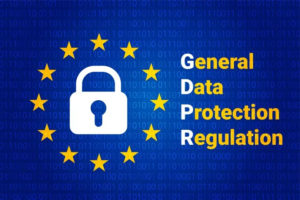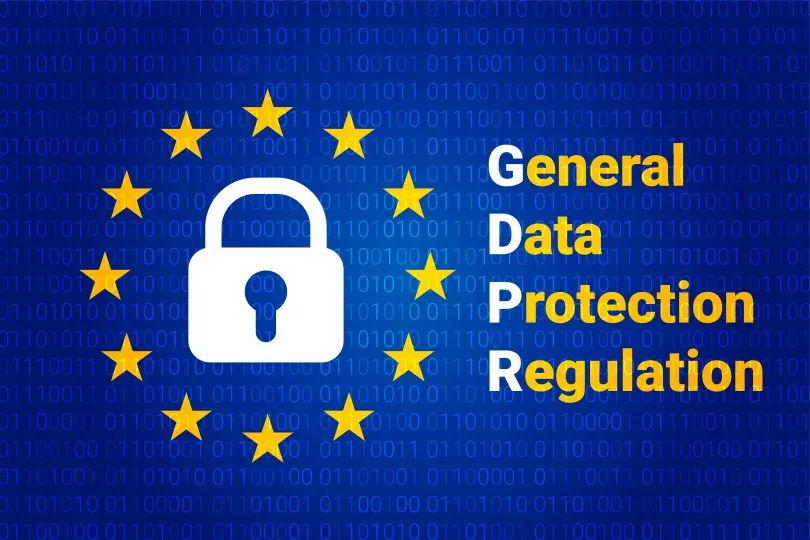What is the GDPR and what goes to regulate
Breaking and not applying the provisions dictated by the GDPD can result in very high fines and can compromise you to the point of having to close your website without the possibility of being able to go back. This is why it is very important that you know the rules that make up this regulation, so that you can structure your website taking them into account.

Privacy policy
How to begin to adapt your website through the privacy policy
Once the data, their processing and the privacy policy are established, it is necessary to begin to adapt your website so that all users who visit it can give their unequivocal consent. It goes without saying that it will no longer be possible to obtain a default consent and that all the modules on the website will have to be adapted to allow them to give their consent knowingly, and without the possibility of being able to say that they did not have it.
So, you have to start paying close attention to the modules on your website so that each one of them presents a check to have them confirm that they can retain and use their personal data. In addition, you will need to create a log-in to allow them to register and access a platform supported by a detached and internal database for storing all the data, so that they can be permanently deleted if the user manifests this will .
Once the platform has been set up in this sense, you will have to implement the service with a system to verify the data of those who visit your site in such a way as to alert them with a notification if they are violated, or are carried out, for example, access to the site. regulated or not. By combining the platform with a software that works in this sense, it will be possible to memorize the data and be able to track any activity carried out by those who administer the site, so as to find out any illicit and protect 100% of the users who give their consent to the processing of data, and they will know they can use the site without worries, having provided the data to a secure system in all respects.
The Privacy Policy model adapted to the GDPR
If you have not already done so you will need to adapt your privacy policy model according to the GDPR regulation. There are facsimiles from which to take inspiration, but each model must be inherent to the website taken into consideration and therefore varies according to the contents, the modalities and the typology of the inherent site. This, at times annoying, is the task of the website owner who obviously can get help from a professional on the subject to draft it, indeed it is a recommended choice, but you must be able to get your hands on it to be 100% sure that an inherent job is done to the site under consideration.
To implement a good privacy policy model appropriate to the GDPR, you must enter the necessary information on how the data will be managed and on the entire privacy policy. Therefore, also information concerning the processing of data, how security will be managed, any default by both parties, what the users’ rights are, how the plugins relating to the various social networks will be implemented, but above all how to the use of cookies and the relative consents will be regulated.

 Italiano
Italiano
